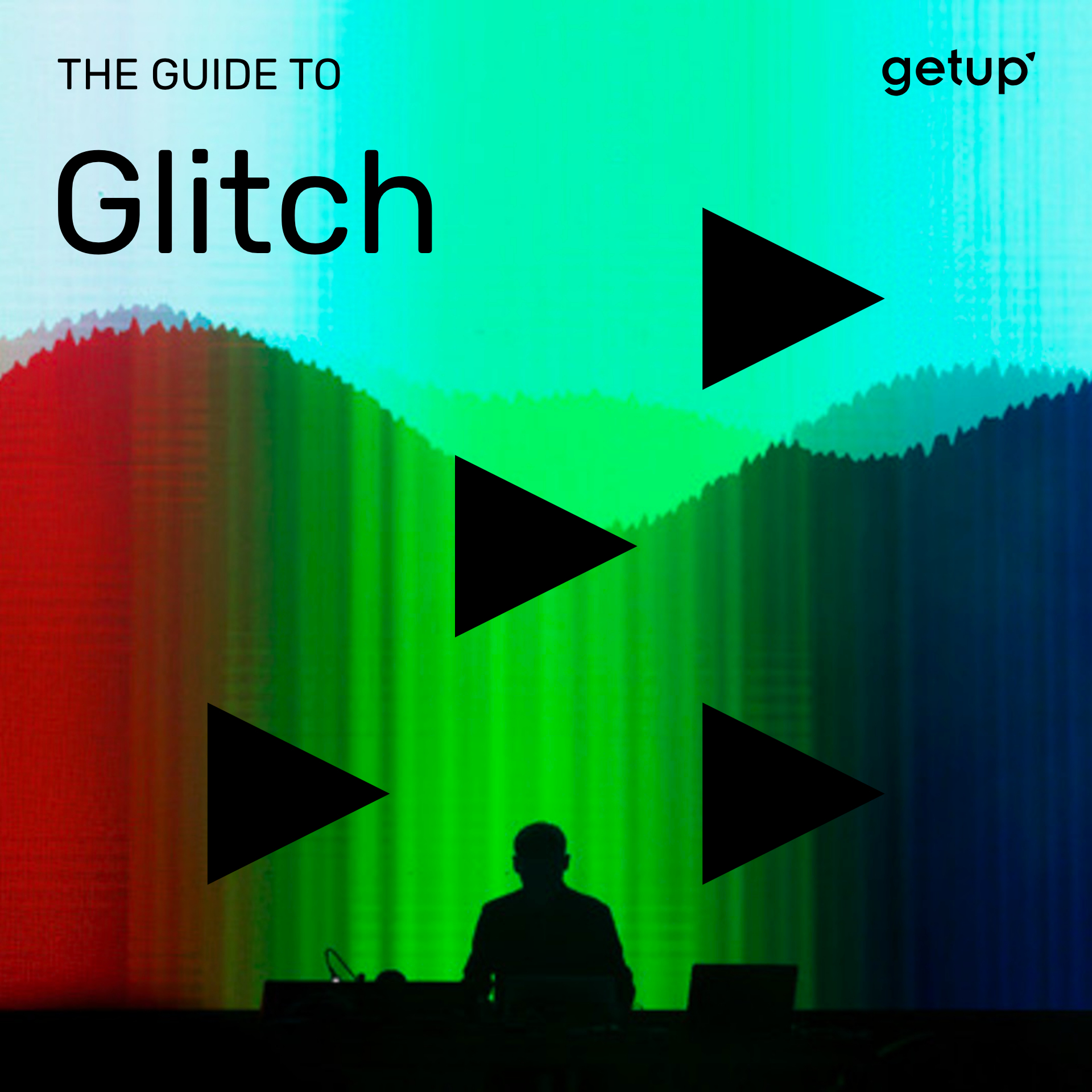According to the writer David Foster, ‘Lynchian’ refers to a ‘peculiar form of irony that combines the very macabre with the very ordinary in such a way as to reveal the permanent presence of one in the other.’ It’s true that through Lynch’s cinema, as well as his photography and his music, one feels that in every world (even the most reassuring), there is a disturbing strangeness (an ugliness). Not far from the quiet town of Twin Peaks lies the Black Lodge...The evil entity of Bob and the cherry pie is typical Lynchian shorthand. As soon as some disturbance becomes latent, warping the fabric of everyday life, you can suddenly feel a chill in the air which some would also qualify as Lynchian.
Sound is never left out when this magic occurs. In his aesthetics, sound is just as important as the visuals. As Lynch himself says, ‘cinema has a very strong desire to marry image and sound.’ Eraserhead, his first feature length film, was punctuated by the sounds of machines and pipes, mixed with the organ played by Fats Waller. These different sounds give a real consistency to the surrealist universe of the film. And how can we forget the baby’s deformity once we hear its incessant crying? This attention to sound naturally translates into the music he chooses – a wide stylistic spectrum, from Nina Simone to Penderecki and Ramstein – populates Lynch’s cinema. Just remember the lady in the radiator singing “In Heaven” (Eraserhead), the frightening playback on Roy Orbison (Blue Velvet), Bill Pullman improvising a haunting saxophone solo (Lost Highway), and Rebekah Del Rio fainting on stage at Silencio (Mulholland Drive)... Many musicians have become actors through his camera lens – Bowie, Sting, Chris Isaak, Marylin Manson, Chrystal Bell, and even Badalamenti. One cannot evoke Lynch without mentioning Angelo Badalamenti, the composer with whom he collaborated on Blue Velvet, Twin Peaks, The Straight Story or Mulholland Drive, to name a few, and whose style, so singular, mixing jazz and synths, remains inseparable from the atmosphere of the films. Music is never merely illustrative in Lynch’s work. It is so important that the relationship is sometimes reversed, and it is the visuals that emerge from the sound. It was, for example, whilst listening to “Blue Velvet”, a song by Bobby Vinton, that the idea of the eponymous film came to the director. ‘People call me a director’, he says, ‘but I consider myself to be a sound engineer’.
Instead of reviewing the music already used in his films, let’s fantasise about an unreleased David Lynch epic; a virtual film for which only the soundtrack remains. A soundtrack composed of music that fits in with the director’s universe, and which is contemporary to his filmography (proof if proof were needed that his aesthetics have largely exceeded his own corpus of work, and now permeate the collective unconscious). The title, the plot, the location, the actors, the scenes – all this is left to the listener’s imagination. The essential elements are dark jazz à la Badalamenti (Coil, Jonny Greenwood, Amon Tobin, And Also The Trees); love of the fifties (Dirty Beaches, Timber Timbre, Suicide); the tremolo pedal and vibrato of electric guitars (Bambara, Nick Cave, Dead Meadow); and of course some velvet voices (PJ Harvey, Blue Stahli). The subtle balance between angelic nostalgia (Cure, Beach House, Perfume Genius) and disturbing strangeness (Andy Stott, Scott Walker, Brian Eno, Pan Sonic, Autechre) that runs through his entire filmography is evident. It’s up to you to imagine the fourth season of Twin Peaks if you like!
Lynchian Vibes
Create your own David Lynch film by listening to some music that, albeit unintentionally, reflects some of the disquieting strangeness that exists in all of his films.
Share
Get Deeper

Book: Beyond the Beyond: Music from the Films of David Lynch (2016)
Read More

Movie: Blue Velvet (David Lynch, 1986)
Read More
Article: How the Twin Peaks soundtrack came to haunt music for nearly 30 years (2017)
Read More

Documentary: David Lynch, The Art Life (Jon Nguyen, Rick Barnes, and Olivia Neergaard-Holm, 2016)
Read More



.jpg)
.jpg)